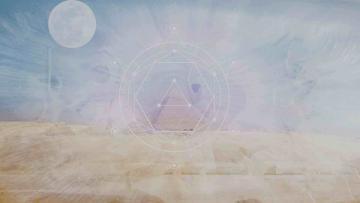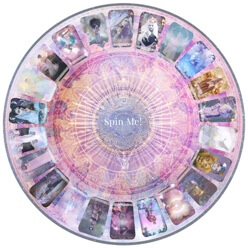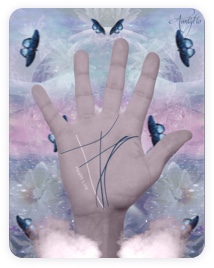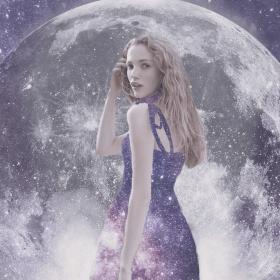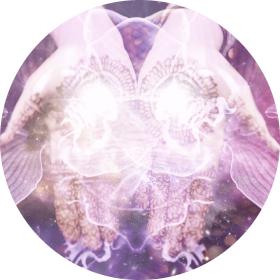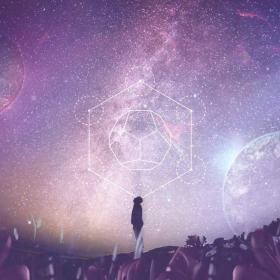Male God

Uncover hidden spiritual meanings
The horned God is the male deity who is depicted in cave drawings, dancing with witches and normally worshipped by the Wiccans under different names: the Celtic called him Carnun or Cernunnos while in Christian times, he was renamed the devil due to his association with nature worship and fertility. His cult is still remembered in folk customs like the Wicca. According to the Wiccan divinity, the horned god represents the male side with the goddess representing the female side.
The Representation of God
According to Wiccans, the male god has various representatives which include the god of vegetation, the god of sacrifice, and the god of the sun, though the horned god is the most used name for them all. This is because it is the god who was worshipped even by the early Wiccans such as the New Forest Covens of the 1930s. Robert Cochrane, Doreen Valiente, and Gerald Gardner had this belief that, cult witch cult and pagan were the religion which had been there for time immemorial.
The Wiccans believe that the life force energy, which includes that of animals and the wilderness are represented in the horned god. They also believe that, when people die, their souls are carried to the underworld by the horned god.
The Male and Female God of the Wiccans
According to the Wiccan traditions, the universe is conceived as a popularization of the horned god and the goddess is a representation of the opposite energies of female and male, which are assumed to be equals but on different gender polarity. But to the new age Wiccans especially the ones influenced by the feminist movement, the emphasis is more about the goddess than the horned god.
The Wiccan Festivals and The Changes That Occur in The Horned God
In Wicca, there are eight Sabbats which are celebrated in what is referred to as the Wheel of The Year. This wheel is presumed to be the relationship between the two gods; the goddess and the horned god. It is believed that during winter is the time when the horned god is born, goes ahead to impregnate the goddess and dies during autumn. He is reborn by the goddess at Yule. This different relationship of the god throughout the year is sometimes differentiated by giving the gods different phases; the holy and the oak king respectively. Seasonal rituals are what the Wiccans use to mirror the associations between the goddess and the horned god.
It is the belief of a group of Wiccans that, on August 1, Lammas, the horned god dies. This month or time is at times referred to as, Lughnasadh, the first harvest Sabbat while others have the perception that, the horned god died at Mabon, which is the second harvest festival which is at times referred as the autumn equinox. Still, there is a group of Wiccans who believe that the horned god died on October 31, referred to as Samhain by Wiccans, a ritual that focuses on death. He is perceived to be born on December 21, the Winter Solstice.
We hope you liked this article. Please support us by liking us on Facebook. Thank you in advance.
The Samhain Halloween in The Pagan Perspective
According to the pagan practice, Halloween or Samhain is a festival which marks the beginning of the second half of the dark season of the year and the end of the season of harvest. This is the time when the barrier between the astral and the mundane planes are very thin and the spirits of those who died are said to easily cross over and mingle with the living. It is believed that the Catholics copied all the 8 pagan festivals and renamed them; the Samhain became Halloween, the Imbolg became the candle Mass, the winter solstice became the Christmas, the Lughnasadh became the Lammas and the Beltran became the May Day.
The Occult and Halloween
Halloween is normally a special time for witches when they feel drawn to the spirits. The powerful witches which are known as men of the oak or the Druids lived in the ancient British Isles and used to gather at the Stonehenge on 31st October. That is when they hollowed out turnips and pumpkins as they practiced human sacrifice. Carvings were made on the faces of the pumpkins and turnips and they used candles which were made from human tallow to illuminate them. The games which were played by the Druids included bobbing of apples, as they floated in the tub of October Ale. A sex ritual was also practiced by the Druids at Stonehenge, which is near Salisbury in England.
They used apples because they thought it is sacred due to the fact that, when cut into two, crosswise, there was the pentacle star which the pagans believed represents the five elements of the spirit, earth, fire, air, and water.
Things To Note About The Halloween/Samhain
-
Most of the Halloween traditions are rooted in the Samhain harvest festival roots such as bobbing of apples and carving of pumpkins
-
Some celebrate the Halloween with a ritual to guide the dead back home by opening the west facing window or door and placing a candle in the opening.
-
Halloween holiday that is celebrated by Christians and other religions is deep rooted in the Samhain as the original festival
-
It is normally considered that during Halloween time, the veil between the dead and the living is very thin and that is why food is set aside for the dead and the ritual for honoring and protective spirits is conducted during this period
-
It runs from sunset 31st October and ends at sunset 1st of November which considered to be almost halfway between the winter solstice and the autumn equinox.
-
The rituals surrounding the Samhain/Halloween include dancing, bonfires, building altars and feasting in honor of the dead. Some Wiccans bake special bread which is known as the Samhain bread and leaves them outside as offering to the dead.
-
It is at times referred to as the witch’s New Year and the end of harvest time and this is the time when the Wiccans renew and do the spirit intention setting.
We hope you liked this article. Please support us by liking us on Facebook. Thank you in advance.
By Florance Saul
Feb 1, 2017

